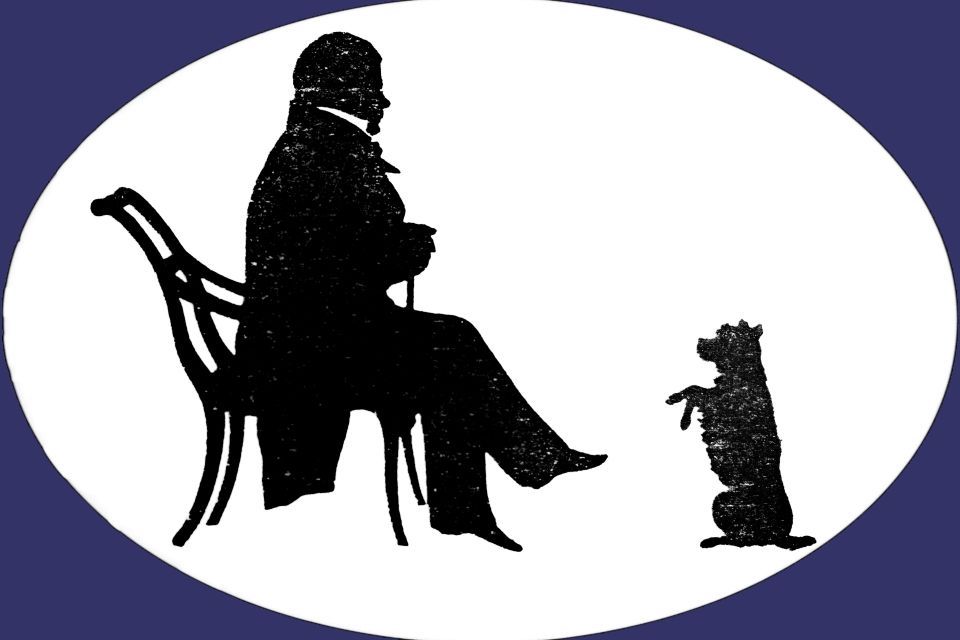Alexander Smith: The Scott Forger
An Article from the 1996 Bulletin
Summary of the Article:
Alexander Howland Smith, known as "Antique Smith", was a skilled forger who operated in Edinburgh in the late 19th century, specialising in falsified historical documents, particularly letters attributed to Sir Walter Scott and other notable literary figures. His deception lasted for over six years and culminated in his conviction in 1893.
Smith began as a copying clerk, much like Scott himself a century earlier. While working in the solicitor's office of Thomas Henry Ferrier W.S., Smith gained access to a trove of old documents. This proved to be his opportunity—he salvaged papers and began selling them as genuine historical autographs. When his supply dwindled, Smith turned to forgery, using old paper from second-hand bookshops and crafting convincing counterfeits using his own calligraphy skills.
His forgeries were sold to booksellers, pawnbrokers, and collectors, often passing through the hands of intermediaries like bookseller Andrew Brown. Smith’s strategy included fabricating provenance—for example, faking a will that claimed he inherited manuscripts from Ferrier. He also added bookplates and auction labels to lend authenticity.
Despite increasing rumours and doubts among Edinburgh’s antiquarian community, his fakes infiltrated the market. Key figures, like the bookseller James Stillie, either failed to recognise the forgeries or refused to acknowledge them to avoid embarrassment or financial loss. In 1891, Smith openly confessed his activities in The Evening Dispatch, leading to his arrest.
His trial revealed the extent of the forgery: numerous fake letters attributed not only to Scott, but to Robert Burns, James Hogg, and Jacobite figures. Experts like George Frederick Warner of the British Museum testified that the letters were on modern or suspicious paper, overly consistent in handwriting, and showed stylistic flaws. Despite this, Smith’s talent was acknowledged even by experts.
Ultimately, Smith was sentenced to one year’s imprisonment, with the judge recognising the uniqueness of his crime. His actions, however, left a long-lasting legacy of doubt in the manuscript world, as many of his forgeries likely remain in collections, still unsuspected.
Interesting and Noteworthy Points
- Smith’s Background Mirrors Scott’s Early Career:
- Both worked as copying clerks. This historical irony adds an eerie twist to Smith’s crimes.
- Access to Genuine Material:
- Smith’s initial access to authentic documents came via a trusted legal office, underscoring how proximity to heritage can be misused.
- The “Antique Smith” Persona:
- His nickname arose from his constant selling of old documents and his reputed knowledge of Burns and Scott.
- Plausibility and Ingenuity:
- His technique included removing bookplates from genuine auction purchases and reusing old flyleaves—both to make his forgeries seem legitimate.
- Ecosystem of Enablers:
- Figures like Brown and Stillie facilitated the circulation of forgeries, either through gullibility or wilful blindness.
- Smith’s Fatal Mistake:
- His forged letters were too consistent in style over a supposed 20-year span—real handwriting evolves.
- Confession as Catalyst:
- His own admissions to the press triggered legal action—an unusual example of criminal self-sabotage.
- Enduring Impact:
- Expert Kenneth Rendell warned in 1978 that Smith’s forgeries “acquired a genuine appearance of age” and still circulate, undetected.
- Roughead’s Final Warning:
- William Roughead described Smith’s legacy as “tares among the genuine grain,” still a threat to modern collectors.
Download the [transcript] or read the [bulletin]

Download the [transcript] or read the [bulletin]


